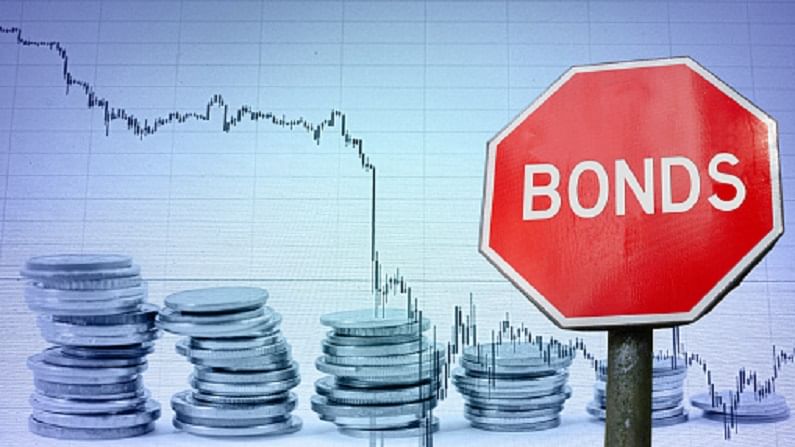What propels a surprise rally in Indian bond market
Indian bond market saw an inflow of only $450 in the first seven months of the year

A statement on tapering made by the US Federal Reserve Chair, the appreciating rupee, and a favourable trend in the currency market, are some of the factors that have resulted in foreign investors buying $1.79 billion worth of Indian bonds last month. And within the first week of September bonds worth over $400 million have been bought. Several factors have come together to create a huge bustle in the Indian bond market, after a gap of nearly seven months.
Remarkable rise
The recent buzz in the Indian bond market is remarkable given how in the first seven months of the year, between January and July, the inflows into the market were a mere $450 million and in the year before that only $8.9 billion of foreign investments came into the Indian bond market. According to the latest information available, given the high volume of foreign investments, the 10-year government bond yield dropped roughly 10 basis points in just a week’s time.
Many market experts say that the speech made by Jerome Powell, the chairperson of US Federal Reserve, earlier last month, in which he indicated that there was no hurry in tapering the bond-buying had a big role to play in the buzz created in the Indian bond market.
Reasons for surge
Another factor was the appreciating value of the Indian rupee recently. Experts believe that enthusiasm in the bonds market is also due to the belief that the state of the exchange rate may lead to RBI further loosening its hold over the market. The below-par first-quarter economic performance further strengthened the belief that any unwinding by the central bank will not begin before the next financial year.
This is how it works. Every time the central bank buys dollars from the exchange market, it infuses the rupee into the market. If the reserve bank were to not interfere, the liquidity of the Indian rupee could possibly reduce over time and reflect in short-term rates by pushing them up. This would make exchange rates favourable for carrying trades, which attract dollars in the short term.
Causes of concern
But while fears of unwinding may have been assuaged, for the markets inflation still remains a cause of concern. While the RBI governor Shaktikanta Das also is likely to get more uncomfortable with inflation, it may not be enough to dissuade him from keeping policy accommodative. After all, the central bank raised its inflation forecast for FY22 to 5.7% from the earlier 5.1%.